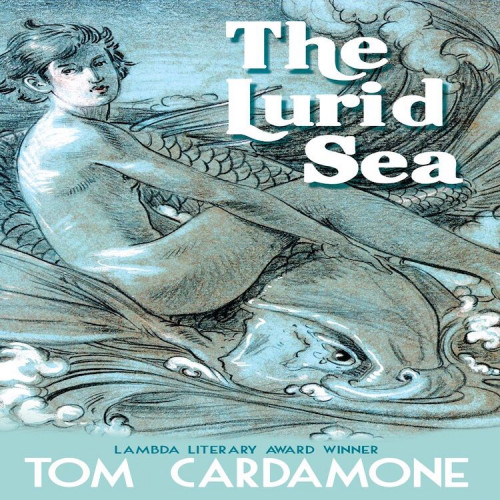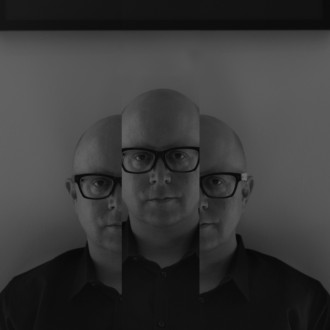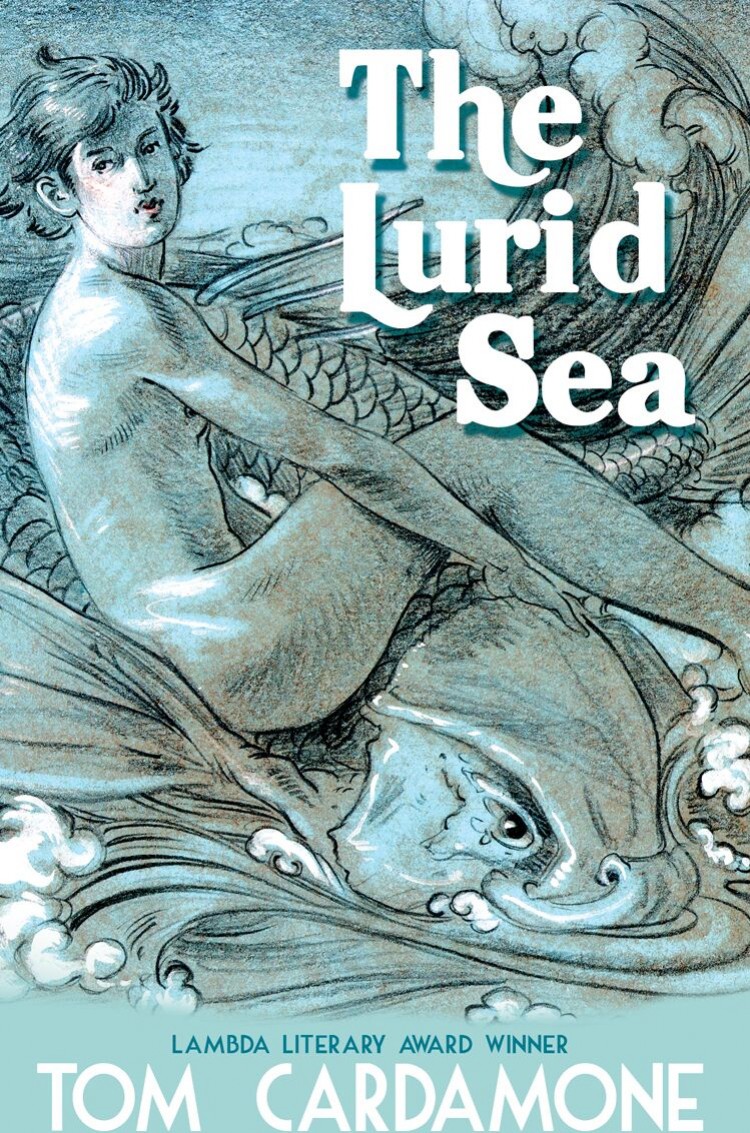Tom Cardamone blogs:
I’ve always written to music.
Whatever was at hand, I just had to play something to match the rhythm of the keyboard, to keep the beat of the story going. My daily life has always possessed a soundtrack dictated by my mood, my taste at the time, a paean to my aesthetic idea for that moment only. My musical tastes while writing have become particularly (peculiarly?) refined, however. The punk and new wave of my youth continue to inspire and wind its way into my work, lyrics from the band Love & Rockets have popped up in a story or two, but the need to change the record in this digital age, if you will, and the jerky shortness of some songs, have made what should be background inspiration reason to stop typing and start searching for the next record (though everything I listen to is on iTunes, I still think in archaic terms) or worse, stop thinking about the story and start thinking about what I want to listen to next. It’s a momentary dam for what should serve as a river of inspiration.
Before I started writing The Lurid Sea, a download service I subscribed to added the complete works of John Carpenter, my favorite director of horror films (a short story in my collection Night Sweats: Tales of Homosexual Wonder and Woe is a direct homage to his iconic film Halloween). So I grabbed a double disc of his composition for The Fog. (He’s an amazing synthesizer player and has scored almost all of his own films, historically save The Thing, where he was too busy, so he enlisted the majestic powers of Ennio Morricone to create the electronic eeriness of an arctic wasteland haunted by an extraterrestrial terror. Brrrrr.) Not thinking anything other than wanting to try my new purchase out, I queued up The Fog's soundtrack on my iPhone while I went for one of my morning walks before work. This happened to be while I was living in Bensonhurst, one of those mornings where I awoke too early and made my coffee before the sun rose. Thinking nothing of it, I went for my usual walk along the water and with this slick, frightening music oozing out of my headphones, I kept startling rats along the lonesome unlit cracked concrete path. I lost count of how many frazzled rodents ran from my footsteps, or of how many times I jumped at the gray visages underfoot. I was utterly terrified. John Carpenter’s music to a film of spectral pirates wafting ashore in a white sea of impenetrable vapor set the mood. I knew that I had just reached an evolution in my musical taste: soundtracks were to be the seamless guide to my writing.
Back home after work that same day, I started reading up on horror movie soundtracks, bemused that I’d never paid close attention to how some of my most favorite films sounded. Such an elemental aspect of the horror genre had somehow eluded me, at least on a conscious level. Struck by this sense of discovery, I started bidding on eBay, winning some fantastic works, losing out on others, grabbing some classic yet out-of-print CDs, others cheap and unappreciated: finally, music to score the movies in my mind.
Back to The Lurid Sea. Some horror movie soundtracks are all cues for jump scares, great accompaniment to the film, per se, but not elegant when it comes to casual listening, or scoring erotic scenes for that matter. After all, The Lurid Sea is my attempt to take the sexual energy of early gay pulp fiction and conquer every milieu, as the main character is an immortal cursed to fellate any and all comers in gay bathhouses across time and space. So, though some of the more singular soundtracks provided great accompaniment (the aforementioned master, Morricone, scored both Orca and The Exorcist II, and these musical tour de forces are loaded with pathos and stand on their own as works of art), I needed something that would supply sounds more along the lines of that distinct rhythm of sexual congress. As luck would have it, I chanced upon a new collection of Patrick Cowley’s historic dance music, some of it done on the side for 80s gay porn. Famous for working with Sylvester on his mega-hit “You Make Me Feel (Mighty Real)” and considered a major influence in the world of electronic music, much of his limited output was forgotten, unavailable, or known only to collectors. These are songs to move bodies on the dance floor and between the sheets in X-rated films. His music pulses like neon snakes—somehow timeless yet defining of the era’s curtain call decadence as AIDS descended. He was an early victim of the plague, dying of the illness in 1982. His albums School Daze and Muscle Up helped me to recreate the action and attitudes in the famous bathhouses of that time and inspired many an orgy and much ecstasy in my burgeoning manuscript.
Don’t get me wrong, I didn’t entirely abandon my need and love for horror film soundtracks. However, the literary requirements of The Lurid Sea, the time travel aspects that took the story from ancient Rome to feudal Japan, to New York City in the 70s and beyond, required more of a fantastical element, which I found in several albums by Tangerine Dream, specifically, the soundtracks for the films Legend, Firestarter, and The Keep. Most people know this long-running German band from their soundtracks, usually the Tom Cruise vehicle Risky Business (for the record he’s equally icon in Legend) comes to mind, though classic rock aficionados remember their pioneering electronic work from the 60s. I loved those early albums in my high school stoner days, so this was a wonderful return. I keep acquiring John Carpenter’s exquisite work, which helped with the darker chapters of the book, those pages of murder and mayhem that didn’t align with the disco buzz of Crowley or the fantasias of Tangerine Dream. Of course other artists and albums presented themselves and added considerable value to my efforts (I’m an inveterate collector); Philip Glass’s score for the first two Candyman films was a thrilling rediscovery (and one I recalled from the theater, it’s just that striking), and John Harrison’s music for George Romero’s classic film Day of the Dead was on constant repeat. These artists were there with me for the majority of this book, a sexual odyssey within the bathhouses of the world whose uncharted path was whispered by a thousand ghosts, the ghosts of men who had stripped naked, often under penalty of death, to embrace other naked men time after unrecorded time. So of course it is fitting that their music had no words, just heartbeats fearful and thrilling.


